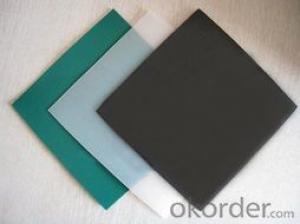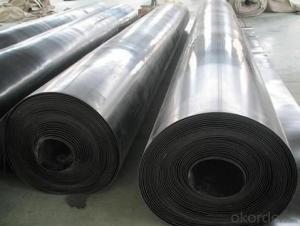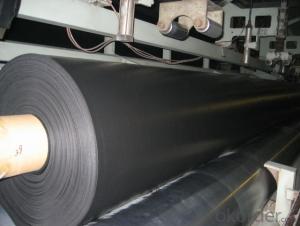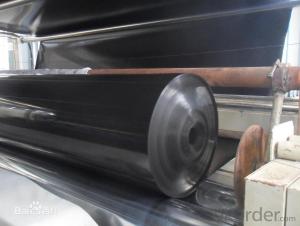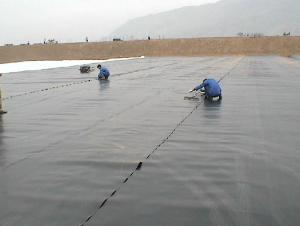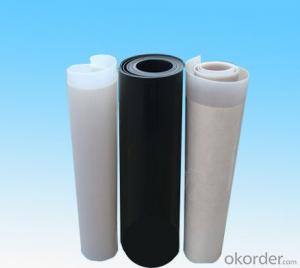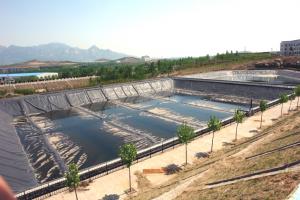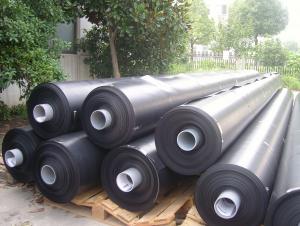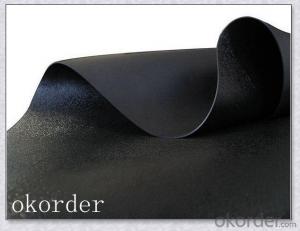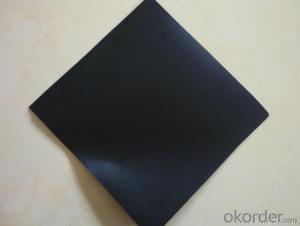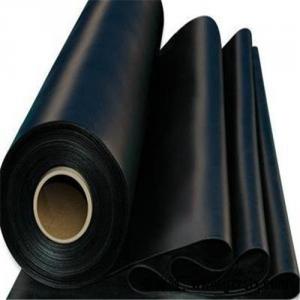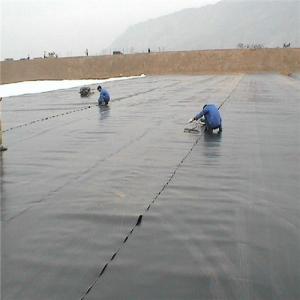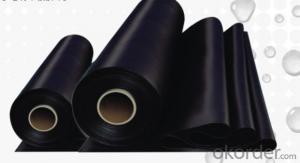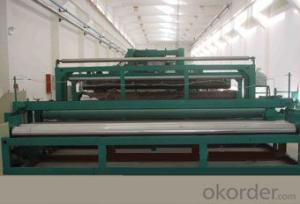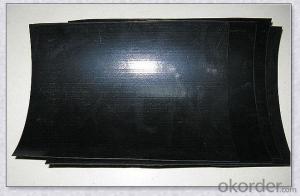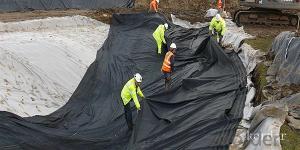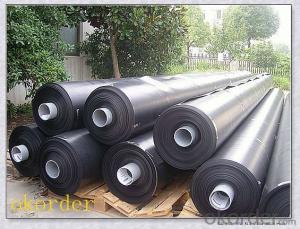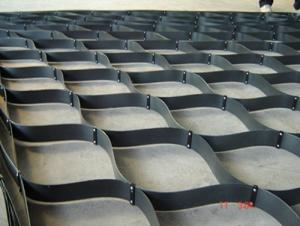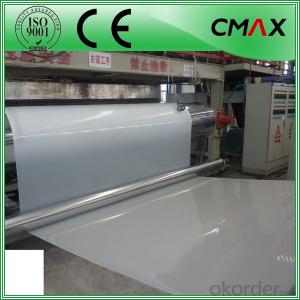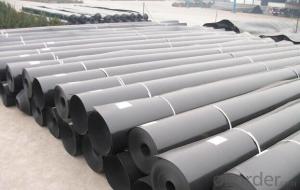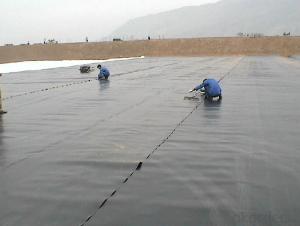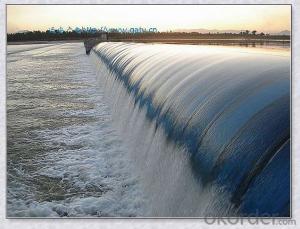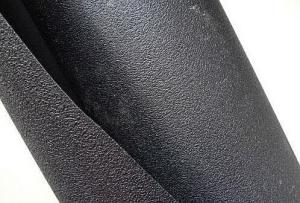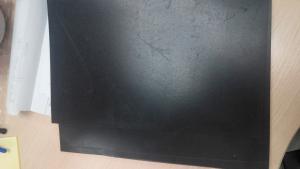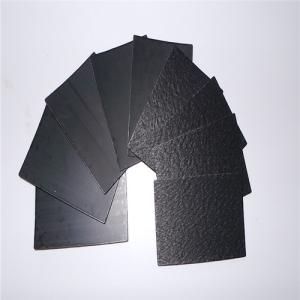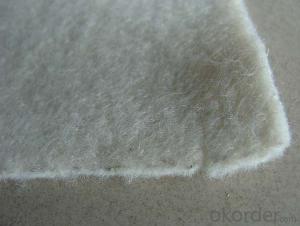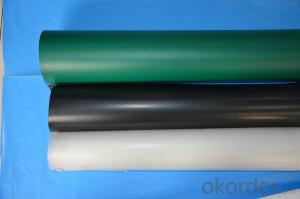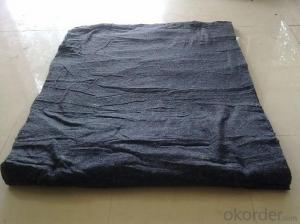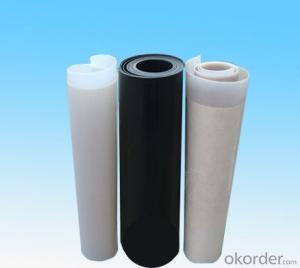Hdpe Smooth Geomembrane
Hdpe Smooth Geomembrane Related Searches
Geomembrane Hdpe Gse Hd Smooth Geomembrane Hdpe Geomembrana Hdpe Textured Geomembrane Geomembrane In Hdpe Wholesale Hdpe Geomembrane Geomembrana Hdpe Wholesale Geomembrane Hdpe Hdpe Geomembrane Machine Gse Hdpe Geomembrane Geomembran Hdpe Reinforced Hdpe Geomembrane Hdpe Membrane Wholesale Hdpe Geomembrana Hdpe Geomembrane Welding Hdpe Geomembrane Sheet Hdpe Geomembrane Specifications Geomembrana De Hdpe Hdpe Geomembrane Installation Hdpe Geomembrane China Geomembrana In Hdpe Kolam Geomembrane Hdpe Wholesale Liner Hdpe Geomembrane Solmax Hdpe Geomembrane Solmax Geomembrane Hdpe Hdpe Geomembrane Self Adhesive Jual Geomembrane Hdpe Hdpe Geomembrane Factories Hdpe Geomembrane Price Geomembrana Hdpe 2mmHdpe Smooth Geomembrane Supplier & Manufacturer from China
HDPE Smooth Geomembrane is a high-quality, waterproofing material designed to provide excellent protection against water infiltration and leakage. Made from high-density polyethylene, this geomembrane is known for its durability, flexibility, and resistance to various environmental factors, making it an ideal solution for a wide range of applications.The HDPE Smooth Geomembrane is widely used in various industries, including civil engineering, environmental protection, and construction. It is commonly employed in landfill liners, canal lining, reservoirs, ponds, and other water retention structures. Its smooth surface ensures minimal friction, facilitating easier installation and reducing the risk of damage during the process. Additionally, this geomembrane is capable of withstanding high temperatures and UV exposure, making it suitable for both indoor and outdoor applications.
Okorder.com is a leading wholesale supplier of HDPE Smooth Geomembrane, offering a vast inventory of this product to cater to the needs of various industries. With a strong commitment to quality and customer satisfaction, Okorder.com ensures that the HDPE Smooth Geomembrane they provide meets the highest industry standards. Their extensive inventory allows them to cater to both small and large-scale projects, making them a reliable choice for businesses and contractors seeking a dependable source for this essential waterproofing material.
Hot Products
